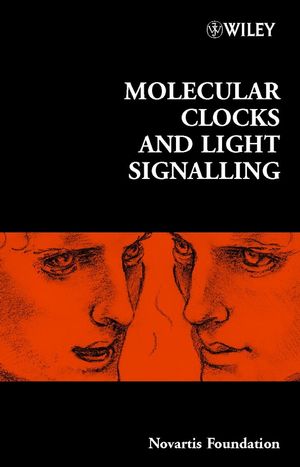Molecular Clocks and Light SignallingISBN: 978-0-470-85283-5
Hardcover
312 pages
December 2003
 |
||||||
Non-rod, non-cone photoreception in rodents and teleost fish (R. Foster, et al.).
Cryptochromes and inner retinal non-visual irradiance detection (R. Van Gelder and A. Sancar).
General discussion I.
Light signalling in Cryptochrome-deficient mice (X. Bonnefont, et al.).
Circadian light input in plants, flies and mammals (S. Panda, et al.).
Orphan nuclear receptors, molecular clockwork and the entrainment of peripheral oscillators (N. Preitner, et al.).
SCN: ringmaster of the circadian circus or conductor of the circadian orchestra? (A. Davidson, et al.).
On the communication pathways between the central pacemaker and peripheral oscillators (N. Cermakian, et al.).
Central and peripheral circadian oscialltors in Drosophila (P. Hardin, et al.).
Integration of molecular rhythms in mammalian circadian system (H. Okamura).
Circadian transcriptional output in the SCN and liver of the mouse (J. Hogenesch, et al.).
The molecular workings of the Neurospora biological clock (A. Froehlich, et al.).
Expression of the clock gene products in the suprachiasmatic nucleus in relation to circadian behaviour (M. Hastings, et al.).
Circadian rhythms in Drosophila (M. Rosbash, et al.).
The role of phosphorylation and degradation of hPer proteins oscillation in normal human fibroblasts (K. Miyazaki, et al.).
Regulation of daily locomotor activity and sleep by hypothalamic EGF receptor signalling (A. Kramer, et al.).
CK1 and GSK-3 in the Drosophila and mammalian circadian clock (E. Harms, et al.).
Final general discussion.
Closing remarks (M. Menaker).
Index of Contributors.
Subject Index.



